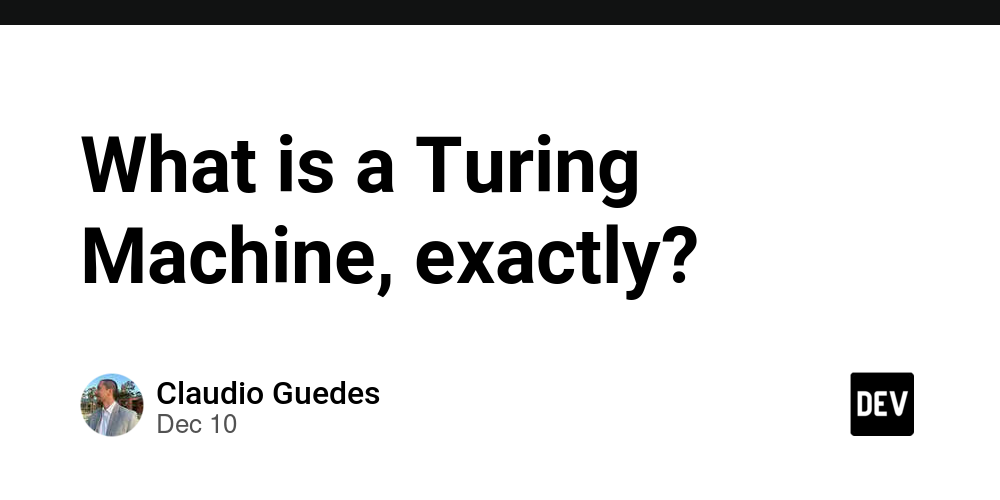When we think about the concept of an algorithm, we are essentially talking about something that can be interpreted as a Turing machine and vice versa.
A Turing machine is a formal abstract model that represents the most primitive form of computers. It consists of three main elements:
- A set of states that define the different steps in processing.
- Tape (or memory) can be thought of as an infinite list in which data is read, written and processed.
- Transformation functions that determine how the machine changes state and interacts with the tape (by reading or writing data and moving left or right).
With these elements, we can use Turing machines to create algorithms that interpret and process data based on initial input.
What’s most fascinating is that, as advanced as modern computers are, they can all be conceptually reduced to simple Turing machines. Of course, the processing speed will be very slow, but the principle still works.
This model was created by Alan Turing in 1936 and remains the theoretical basis of computing today. Turing’s work proved that as long as there is infinite time and memory, a Turing machine can solve any computable computing problem.
Recently I had to study this topic during my master’s program and it completely changed my understanding of algorithms. Not only did it enhance my logical reasoning skills, but it also helped me gain a deeper understanding of how the code actually works.
I asked Chat GPT to create a Turing machine image and he gave me this 🤔
